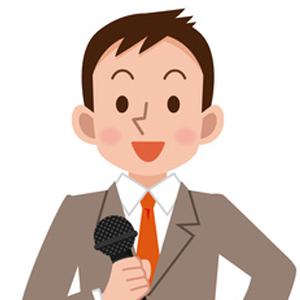Web Design
Get online and get more customers.
In the past, affordable and quality could never be associated in one sentence in web design. With Webghar Technologies, we have redefined what is possible. And best of all, quality starts at just $1 per day.
Web Design
Web design is a process of conceptualizing, planning, and building a collection of electronic files that determine the layout, colors, text styles, structure, graphics, images, and use of interactive features that deliver pages to your site visitors.
Sometimes the technical side of website design is emphasized in the definition of design. Surely, the modern website building involves server side scripting like php, asp and cgi, websites' visual side is defined with html and css, user experience is enhanced with dynamic javascript and ajax.
Basic Elements and User-Friendly Web Design
Basic elements and User-friendliness of web design can be achieved by paying attention to the following factors:
-
Layout: This is the way the graphics, ads and text are arranged. In the web world, a key goal is to help the view find the information they seek at a glance. This includes maintaining the balance, consistency, and integrity of the design.
-
Color: The choice of colors depends on the purpose and clientele; it could be simple black-and-white to multi-colored design, conveying the personality of a person or the brand of an organization, using web-safe colors.
-
Graphics: Graphics can include logos, photos, clipart or icons, all of which enhance the web design. For user friendliness, these need to be placed appropriately, working with the color and content of the web page, while not making it too congested or slow to load.
-
Fonts: The use of various fonts can enhance a website design. Most web browsers can only read a select number of fonts, known as "web-safe fonts", so your designer will generally work within this widely accepted group.
-
Multimedia: Relevant video and audio stimuli in the design can help users to grasp the information, developing understanding in an easy and quick manner. This can encourage visitors to spend more time on the webpage.
-
Navigation: Site architecture, menus and other navigation tools in the web design must be created with consideration of how users browse and search. The goal is to help the user to move around the site with ease, efficiently finding the information they require.
-
Content: Content and design can work together to enhance the message of the site through visuals and text. Written text should always be relevant and useful, so as not to confuse the reader and to give them what they want so they will remain on the site. Content should be optimized for search engines and be of a suitable length, incorporating relevant keywords.
-
Compatibility: Design the webpage, to perform equally well on different browsers and operating systems, to increase its viewing.
-
Technology: Advancements in technology give designers the freedom to add movement and innovation, allowing for web design that is always fresh, dynamic and professional.
-
Interactive: Increase active user participation and involvement, by adding comment boxes and opinion polls in the design. Convert users from visitors to clients with email forms and newsletter sign-ups.
Our Services
Client's speak
We are committed to providing our clients with tailored solutions catering to their needs. You will find here testimonies from several of them, based on successful business cases.

